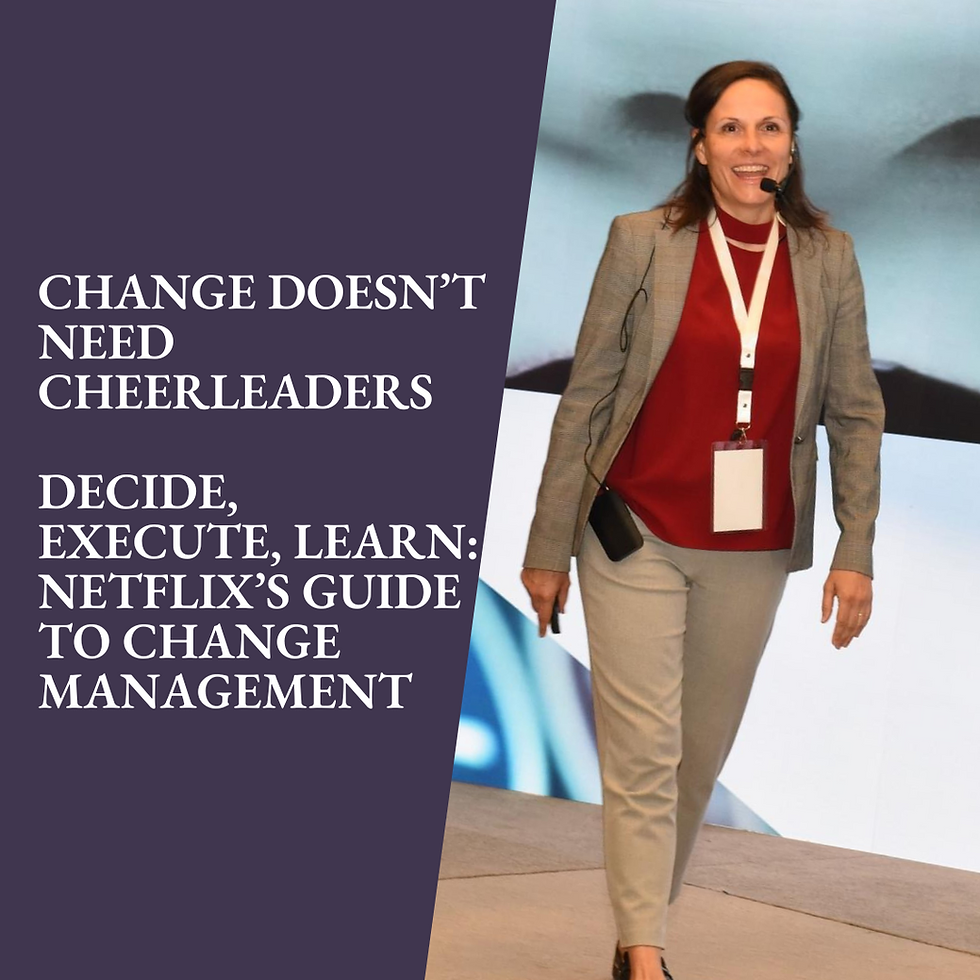Performance Issues May Be Strengths Issues in Disguise
- Szilvia Olah

- Apr 2, 2023
- 2 min read
As a certified strengths coach, I have seen it many times. Strengths are fighting like titans causing conflict and low performance. Sometimes my strengths delay my performance when my Learner is very loud and prioritises figuring out the excel formula that could make me more efficient instead of completing a report:-) As a result, I figured out the formula (it took me only 4 hours) but missed the report submission deadline:-) Am I happy and satisfied? Totally! My Learner had the best time ever!
Individual strengths can be a double-edged sword when it comes to workplace performance. On the one hand, having unique talents and abilities can help individuals stand out and excel in their roles. However, on the other hand, these strengths can sometimes become a barrier to performance if not properly managed.
One of the main ways that individual strengths can become a problem for performance is through breakdowns in communication. People with different strengths see the world differently, sometimes leading to misunderstandings or conflicts. For example, individuals with the Activator theme may be focused on taking action and moving quickly, while those with the Deliberative theme may be more cautious and prefer to weigh the risks and benefits of a decision before taking action. This difference in approach can create tension and frustration if not properly understood and managed.
Another way that individual strengths can create problems for performance is through mismatched expectations. Different people are motivated by different things, and what one person sees as a priority may not be important to someone else. For example, an individual with the Strategic theme may be motivated by long-term planning and big-picture thinking, while someone with the Focus theme may be more motivated by completing specific tasks and achieving tangible results. If these individuals work together on a project, they may have different ideas about what success looks like and how to achieve it, which can lead to conflicts and misunderstandings.
In addition, individuals' strengths may not always align perfectly with their job requirements. While some aspects of a job may play to an individual's strengths, other parts may be more challenging. For example, someone with the Communication theme may excel at public speaking and building relationships but struggle with details and data analysis. This mismatch between strengths and job requirements can lead to frustration, burnout, and underperformance.
To address these issues, it's important for managers and leaders to recognise and understand their employees' unique strengths and motivations. This can involve assessing employee strengths and providing training or support to help them manage areas where they may be less confident. It may also involve creating a more flexible work environment that allows employees to focus on tasks that play to their strengths while delegating tasks that are more challenging or less enjoyable.
Overall, individual strengths can be a powerful asset for workplace performance but can also create challenges if not properly managed. Organisations can create a more productive and effective workforce by understanding and leveraging employee strengths while also providing support and training to address areas of weakness.
You can start this process by understanding your strengths & weaknesses. This course was designed to guide you through the journey of discovering your strengths and learning how to put them to good use.
Start today and manage your career better: https://the-strengths-company-4681.thinkific.com/courses/TheStrengths-Company

.png)



Comments